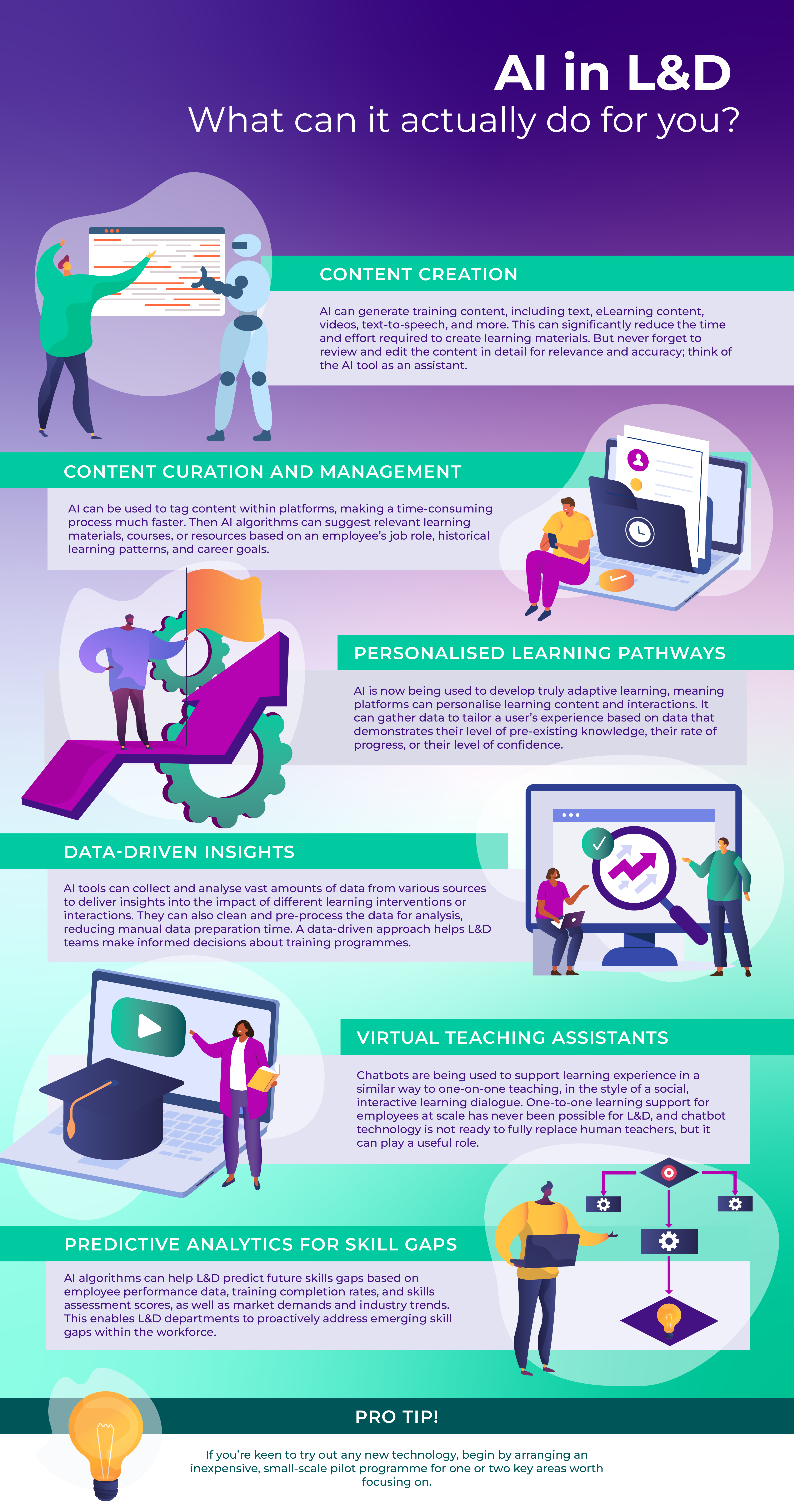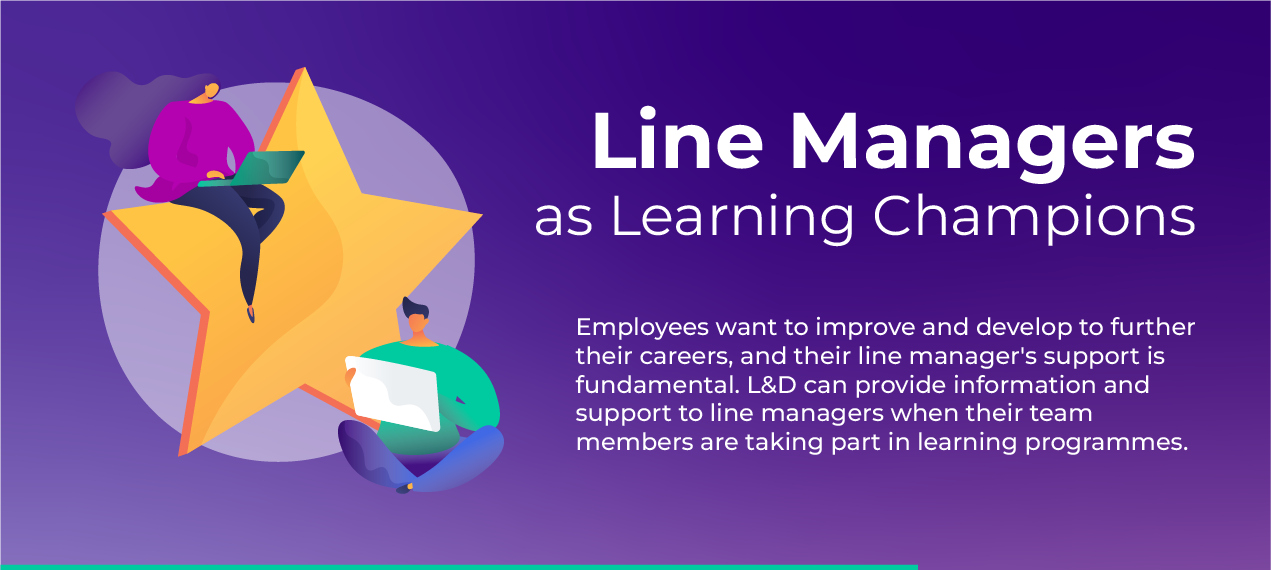Traditionally at this time of year we are inundated by blogs and articles about the new and exciting learning technologies and tools that are expected to be released, discussions on the latest trends in learning modalities and check lists on how to motivate and engage our learners.
Reflect
Before we jump on what is to come, I believe it is worth pausing to reflect on the incredible transformation that has taken place across Learning and Development services and what even the smallest of teams have managed to achieve in a short time. While there, take a little time to consider what improvements could be made to services to elevate their impact, provide even better learning experiences, better engagement and enhanced learning outcomes than ever before.
Appreciate and Evaluate
The digital transformation of many Learning and Development services was instant and intense but we are now coming out the other side. It’s time to get out of crisis mode and start to plan for the new future state of learning. Focus individually on infrastructure, content and learners and then on the overall learner experience within your organisation.
Step 1
Appreciate: Acknowledge any new learning technologies that were implemented in the last two years and the speed at which they were adopted throughout organisations.
Evaluate: Are these platforms, apps or tools being adopted well within the organisation? Are all functionalities of the platform being used? Could learner engagement with the new tools be improved?
Plan to improve: Analyse all engagement data available and expand your knowledge around what learners are doing, or not doing. Use this data to inform new programmes and initiatives that are going to be managed through the tools. Join communities of practice or other online groups to gain insight into how other organisations are using similar tools and take ideas back into the organisation. Where appropriate devolve some admin functionality throughout the organisation.
Step 2
Appreciate: Complete an audit of all internal Learning content that is available to all learners. Pay specific attention to content that was adapted for delivery and consumption in the virtual world.
Evaluate: Question whether any assets could be refreshed and improved. Review how learners access any curated content. Is it logically and appealingly presented? What could be done to expand the learning content offered? The libraries purchased at the beginning of lock down - are they the right ones? Do they align with business objectives and will they prepare your learners for the roles that your organisation will need in the future?
Plan to improve: Analyse what content is available and whether it addresses the needs of all learners. Identify gaps in learning content and plan how these gaps can be addressed. Refresh learning libraries and curated learning paths to keep content relevant for learners. Address specific personas with new content and learning options.
Step 3
Appreciate: Consider how many learning programmes that were quickly adapted from face to face to virtual classrooms.
Evaluate: How are these programmes are being received? Have their designs been improved since their first went into the virtual classroom. Could the learning experience be improved? Should the programmes stay within the virtual classroom or is there any plan to return to some in real life training?
Plan to improve: Add layers of learning to virtual programmes by extending the learner journeys by including additional learning assets to support further learning and knowledge retention. Introduce additional collaborative learning elements to the virtual classroom. Look at expanding learning programmes to include a) Coaching, b) Mentoring, c) Communities of Practice.
Step 4
Appreciate: Identify how many regular channels of communication that are now used to communicate to the learner community.
Evaluate: Are there other channels that should be used? Are learners overwhelmed by emails? Can they hear over the noise of communication overloads? Do learners engage with the communications.
Plan to improve: Develop a strategic communications plan aligned with organisational initiatives and specific goals.
Embrace the new normal in L&D. Through enhanced innovative and adaptable learning services and offerings we can all support our learners to be more resilient and prepared for the future.







Was this article helpful?